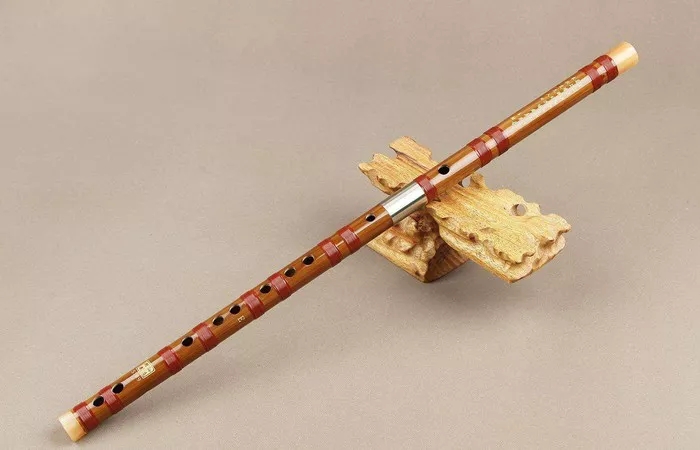Although Philippe Gaubert’s name might not resonate widely with today’s general public, he undeniably held a place of paramount significance among the eminent French musicians of the first half of the twentieth century.
While the moniker “Philippe Gaubert” likely rings familiar to those well-versed in the world of flutists, it might remain obscure to those outside this niche. Nevertheless, it’s worth acknowledging that Philippe Gaubert emerged as one of the foremost and influential French musicians during the initial decades of the twentieth century. During his formative years in the 1890s, Gaubert immersed himself in the study of the flute at the esteemed Paris Conservatory under the tutelage of the renowned French flutist, Paul Taffanel. This partnership would later yield a distinctive approach that garnered recognition as “the French method.” The collaborative efforts of Taffanel and Gaubert materialized in a pedagogical masterpiece titled Méthode Complète de Flûte, widely referred to as “Taffanel/Gaubert.” This revered instructional resource continues to be cherished by countless flutists across the globe.
Gaubert’s artistic pursuits extended beyond his mastery of the flute. He demonstrated prowess as a composer of note and a distinguished conductor, progressively ascending to the prestigious role of director at the esteemed Paris Opera. Philippe Gaubert’s prominence as a musician resonated vigorously within his era, even as his legacy remains primarily within the purview of specialists in our contemporary times.


